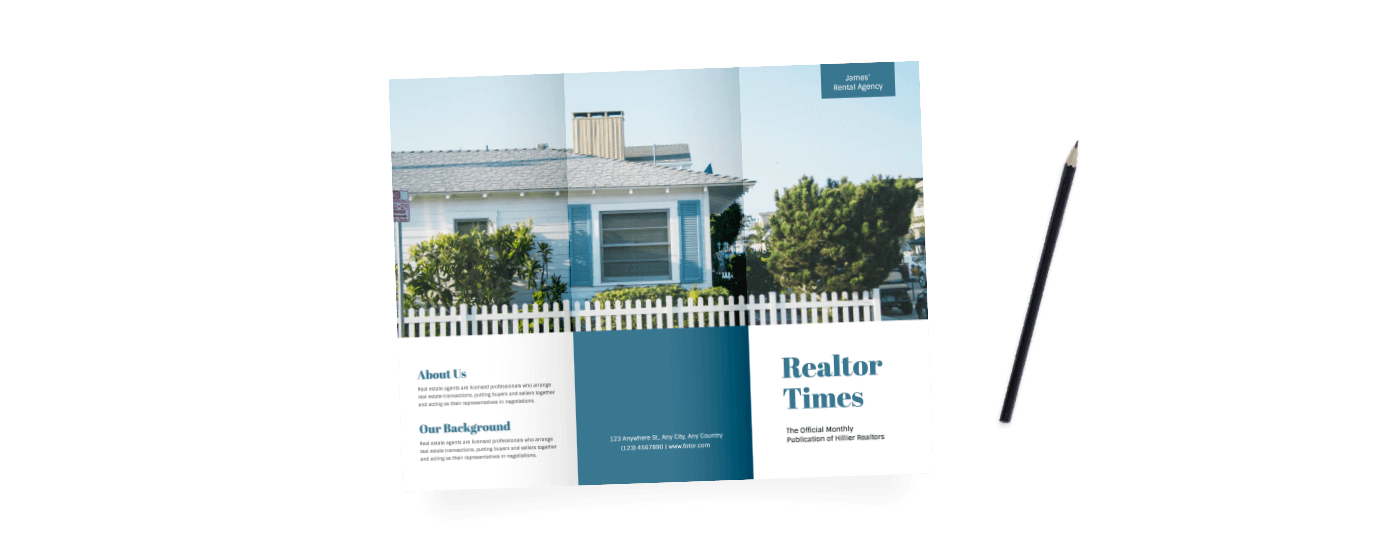Browse by category
36 templates
What is a Brochure?
Brochures are paper used to spread information about products or services. It is a corporate marketing tool. You can put the information that the company wants to promote on it, print it out, and circulate it among the crowd. Brochures usually have eye-catching text and attractive images. In addition, it has different shapes and sizes, which can be single-page, double-fold, or triple-fold. The brochures are mainly used in commerce, real estate, travel, medical care, schools, and other fields to promote the development of enterprises.Create Brochures Easier with Pre-made Brochure Templates
Making an eye-catching pamphlet with Fotor's brochure maker is so easy. We provide free brochure templates designed in advance by professional designers. You don't need to start with a blank template. There are pamphlet templates for each type of business, product, and event. Look for a design and layout that closely matches your requirements, and then click it to customize the template.
Choose stunning professional images from our photo center, or upload your own photos directly. Change fonts, text, and colors, add stickers and icons, and adjust the layout. You can keep tweaking until you are satisfied with the final result. In the editing area, you can immediately see the effect of your changes.
4 Tips of Making a Good Brochure
- Use high-quality and eye-catching images. This can better display your product and the message you want to express. It can also better catch the eyes of passersby.
- Use a striking title. For the content you want to promote, you need to have an eye-catching headline to convey to the readers concisely.
- Use templates for brochures. The brochure design templates designed by professional designers are richer in design ideas and concepts, and more attractive. At the same time, using a brochure templates free download can help you make a brochure faster.
- Design style consistent with the brand. The design style of the pamphlet needs to match your company's image, so as to better promote your business or brand.
